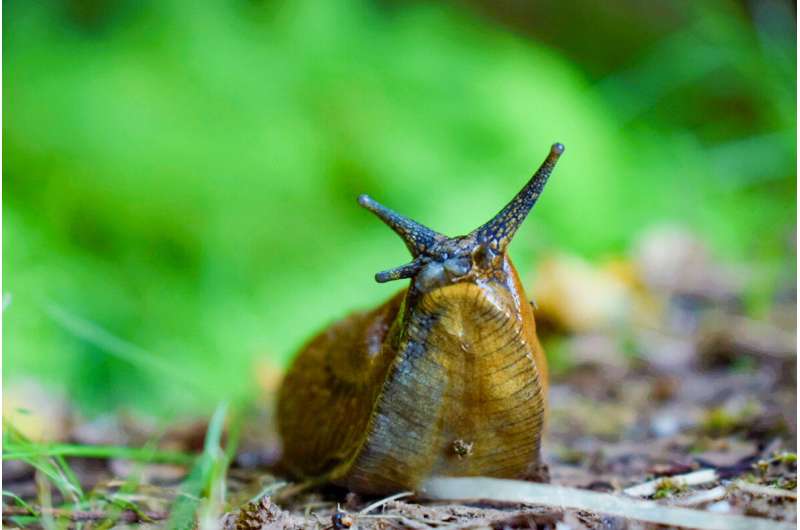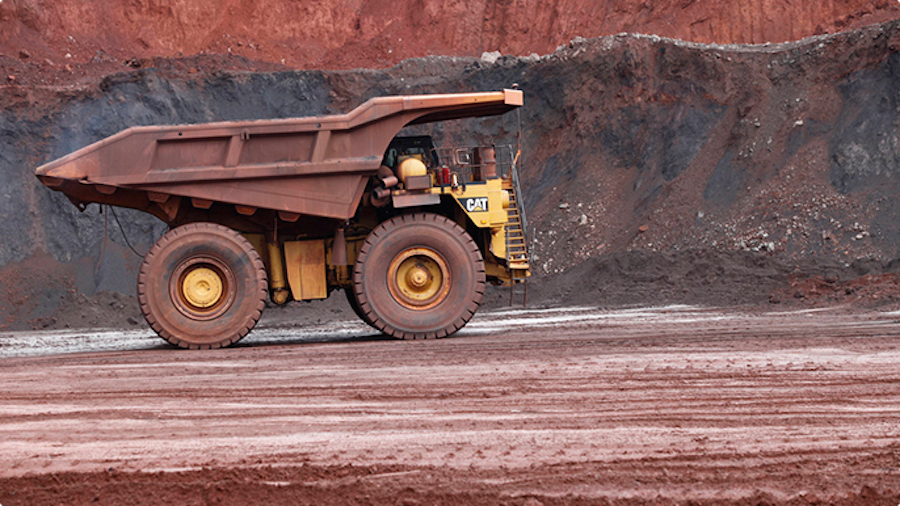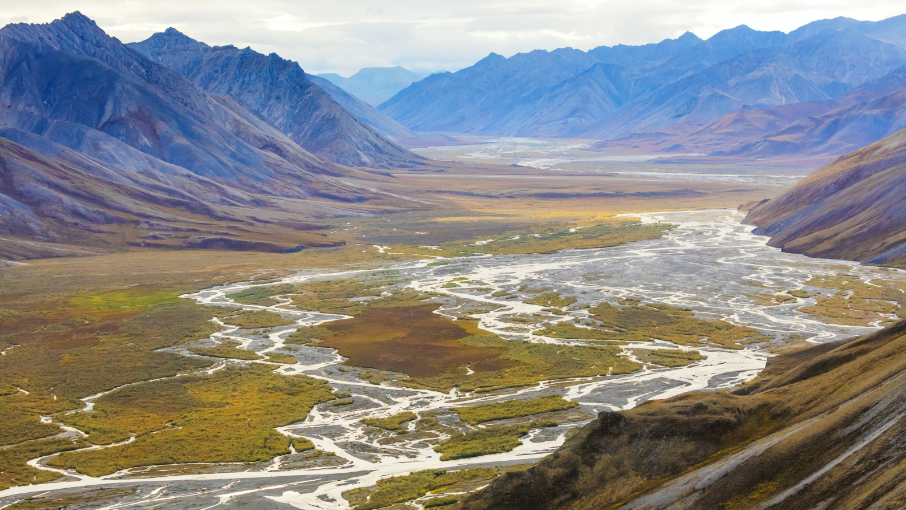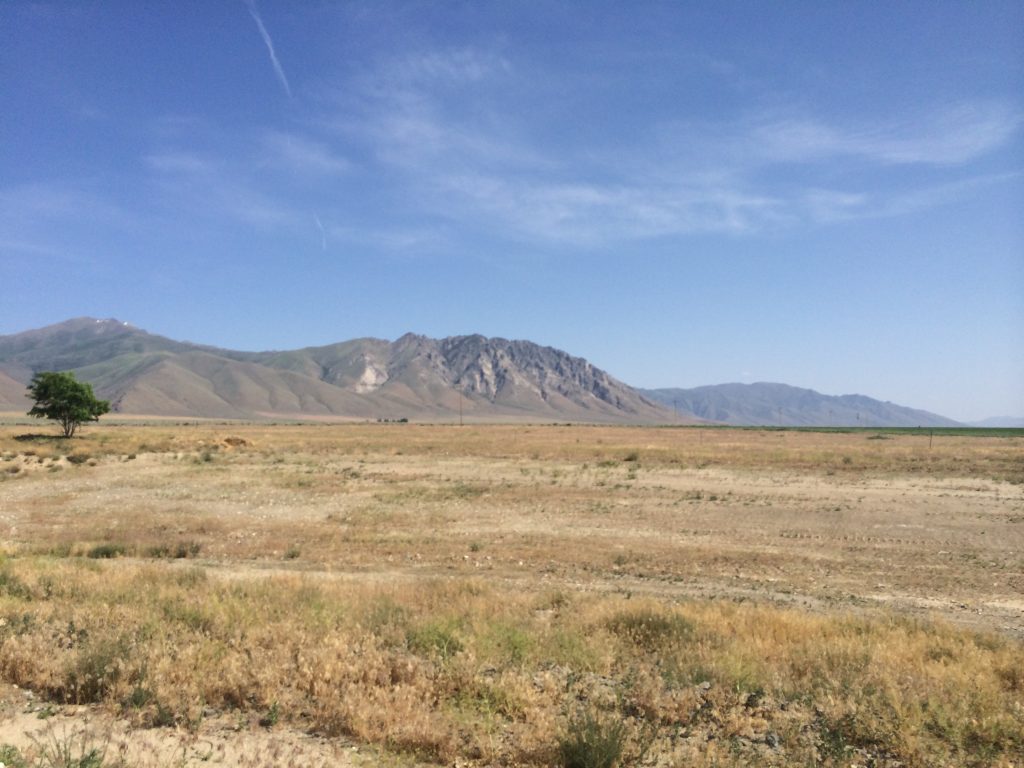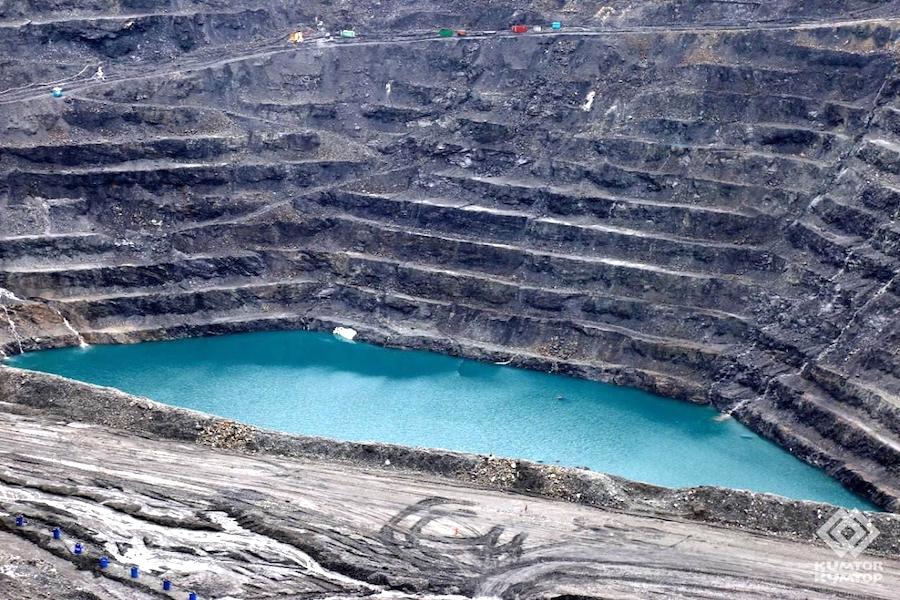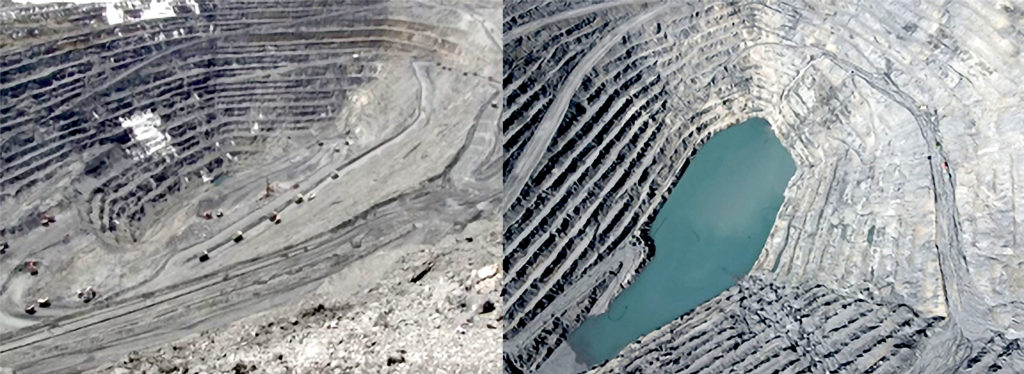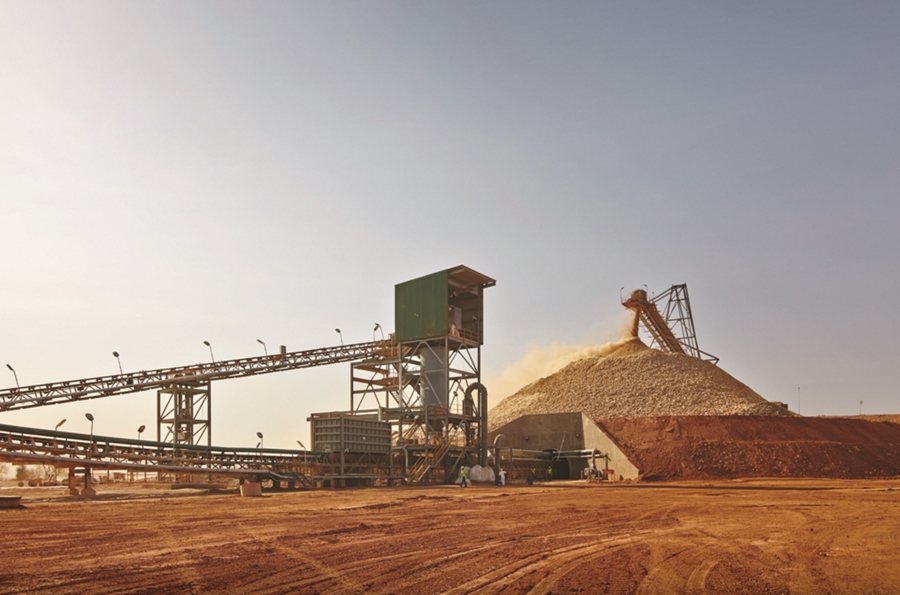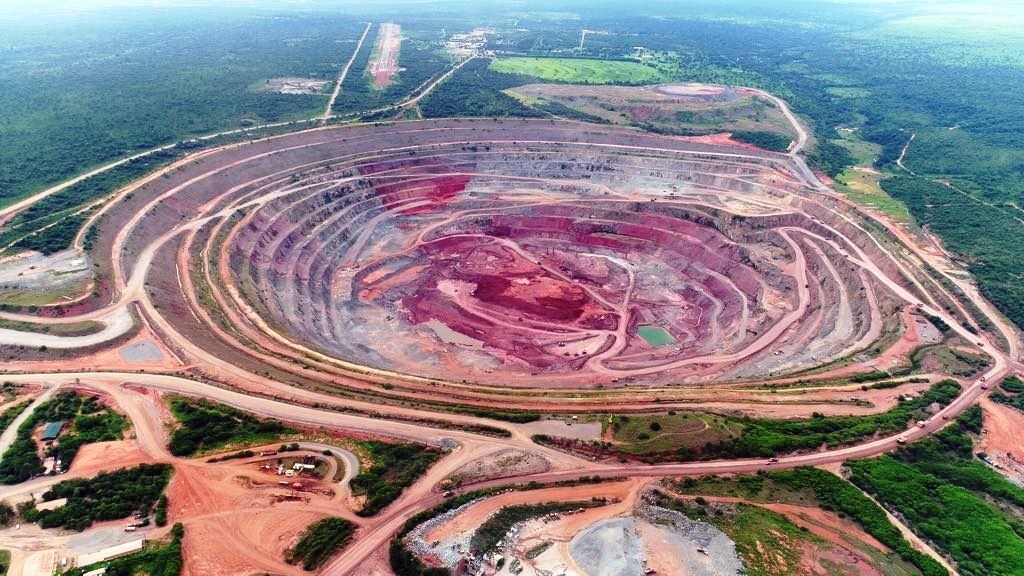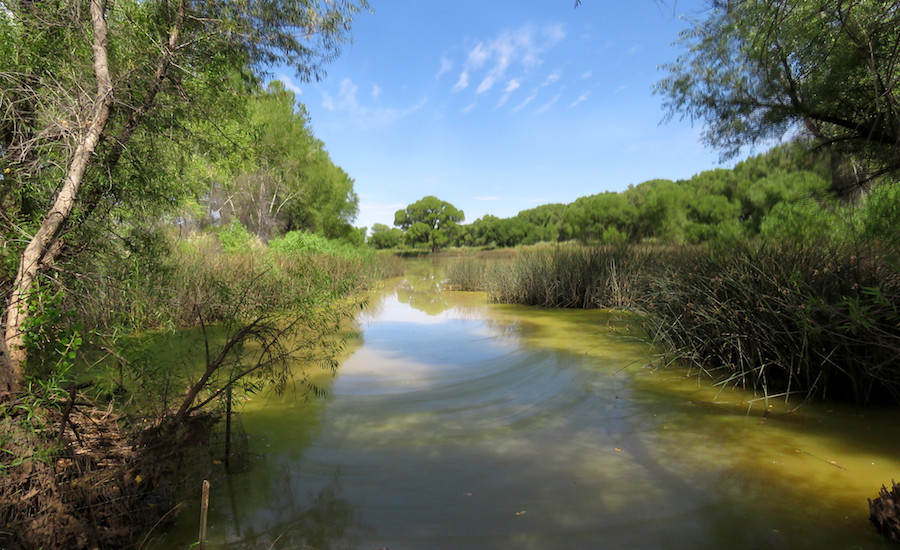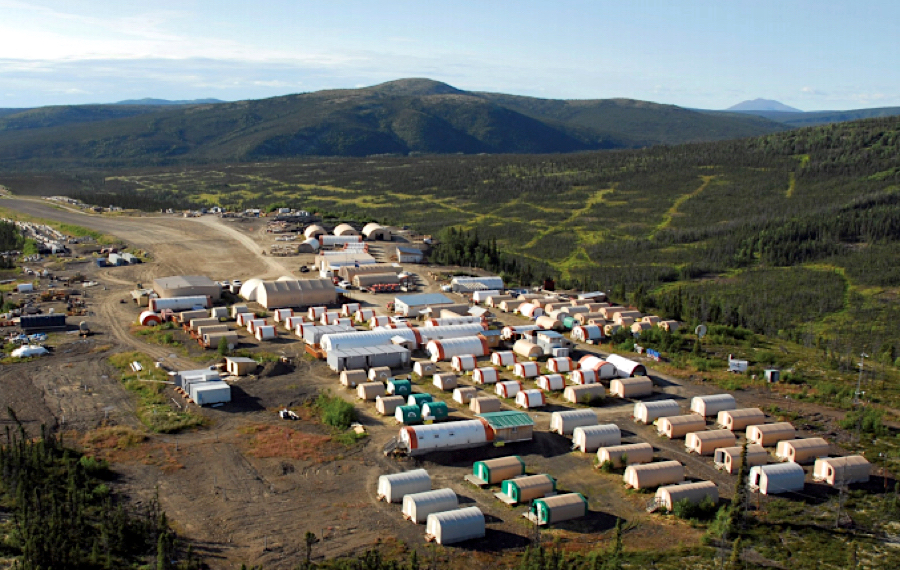Degassing data suggests Mt. Etna began showing signs of pressure buildup months before 2018 eruption
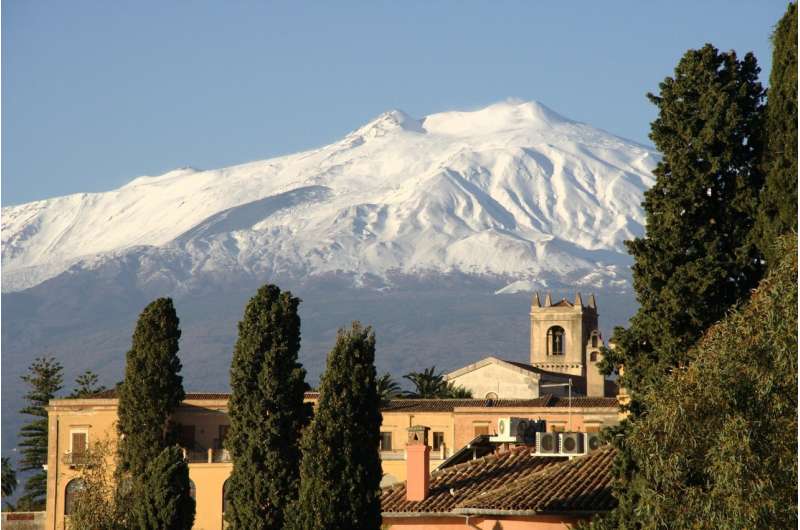
A team of researchers from the Istituto Nazionale di Geofisica e Vulcanologia, in Italy, has found evidence showing that magma pressure had begun building up deep in Mt. Etna's reservoir several months before the 2018 eruption. They also found evidence of degassing. In their paper, published in the journal Science Advances, the group describes their study of data from gas monitors situated on the famous volcano.
Back in 2018, Mt. Etna, one of the world's most active volcanoes, erupted in a dramatic fashion on Christmas Eve, spewing ash into the air and forcing closure of airspace. Two days later, a magnitude 4.9 earthquake shook the area around the volcano wreaking damage and injuring four people. In this new effort, the researchers suggest that degassing inside the volcano for approximately six months before the eruption could have been a warning of what was about to happen.
Over the years, scientists have placed a host of sensors on and around the volcano, each of which give some clues about the processes involved. Some of those sensors measure gasses that are emitted by the volcano. Prior research has shown that the ratios of gasses change over time as the volcano undergoes changes. In their work, the researchers looked at ratios of sulfur dioxide, carbon dioxide, hydrochloric acid and helium isotopes—gasses that have been associated with the buildup of magma in the volcano's reservoir. Prior research has also suggested that pressure buildup of magma can be a signal suggesting that the volcano is on a path toward eruption. The researchers found that ratios of helium isotopes at five sites near vents on the volcano began increasing, up to a year before the eruption. They also found that the volcano began emitting more carbon dioxide approximately six months before the eruption and that there were fluctuations in many other gasses as well. They suggest that together the changes in degassing ratios could be an indication of magma pressure buildup leading to an eruption. They conclude their paper by suggesting that the eruption in 2018 was inevitable, because the volcano was extremely over-pressurized in the weeks before it blew.
